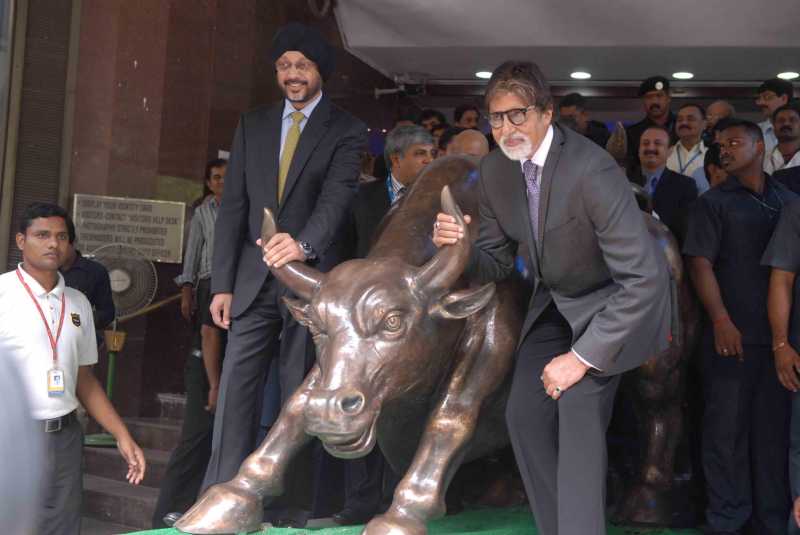Deep global stock market sell-off is coming
Indian benchmark equity indices ended sharply lower with a cut of more than 1.5 percent Friday (Aug 1) afternoon. The sell-off was on the back on solely global cues, particularly the confusion over the US Federal Reserve’s QE exit strategy, the strength in the US Dollar Index and the uptick in US 10-year yields.

Currency Corner has been writing about the potential negative spillover effects over the US Fed taper over the past couple of months and is now convinced that a deep correction (10-15 percent) in US equities will occur in the next six months. The financial system is simply not ready to absorb US real rates heading higher at this point of time. We have already started seeing major cracks in US equities with S&P futures trading at 1,926 in European trade Friday. Further, the sell-off in US equities has fit the ‘risk-off’ sentiment witnessed in the aftermath of the financial crisis perfectly. US equities and WTI oil are showing a positive correlation while US yields and the US Dollar Index are displaying a negative correlation with US stocks. There is a stark difference between these type of market moves and the ones we witnessed last summer when Ben Bernanke first announced that the central bank would be ending its easy liquidity regime. Last year, the QE taper represented a sign of confidence in the strength of the recovery in the US real economy – from the labour market to the housing recovery. Thus, market participants remained long stocks even though the US dollar and US bond yields were expected to rise. This carried on for a while and then the US Fed suddenly started sounding dovish again in its forward guidance. They kept reiterating the fact the interest rates will remain near the zero bound even after Quantitative Easing completely ends. Janet Yellen even went as far as to say that the the first interest rate hike would take place six months after QE ends. As things stand currently, QE would be completely wound up by October which implies that we can expect interest rates to rise May 2015 onwards in the US.
CLSA chief strategist Chris Wood is also of the view that “the system is not set up for normalised interest rate in the current deflationary context. This means that an attempt to raise interest rates to, say, the 3-4 percent level, while ultimately healthy, would cause such financial dislocation that overwhelming political pressure would lead to a reversal of that policy. This is particularly the case if monetary tightening is commenced on the assumption that the economy is cyclically improving as opposed to as a consequence of a recognition that zero interest rates, and related quanto easing, are unhealthy and need to be abandoned”.
We are now in the sixth year of a bull market in equities (March 2009 was the low). All major indices have scaled to life-time highs this year. All economists, fund managers and market commentators agree on one point — QE has been the major bullish driver for equities, bonds and commodities. In fact, it may even be argued that this period was one of those rare phases where these different asset classes all moved in one direction due to the liquidity spree. We now stand at a major inflection point for global markets. Central banks were innovative when they introduced unconventional monetary policies to fight the most severe economic downturn since the Great Depression. Now it is time market participants realize that the exit strategy (something which has never been tried before) would require an even greater level of coordination and financial innovation.
If there is indeed a taper scare coming in the next few quarters, there is only one certainty — a global risk-off environment. Indian equities will not be isolated.